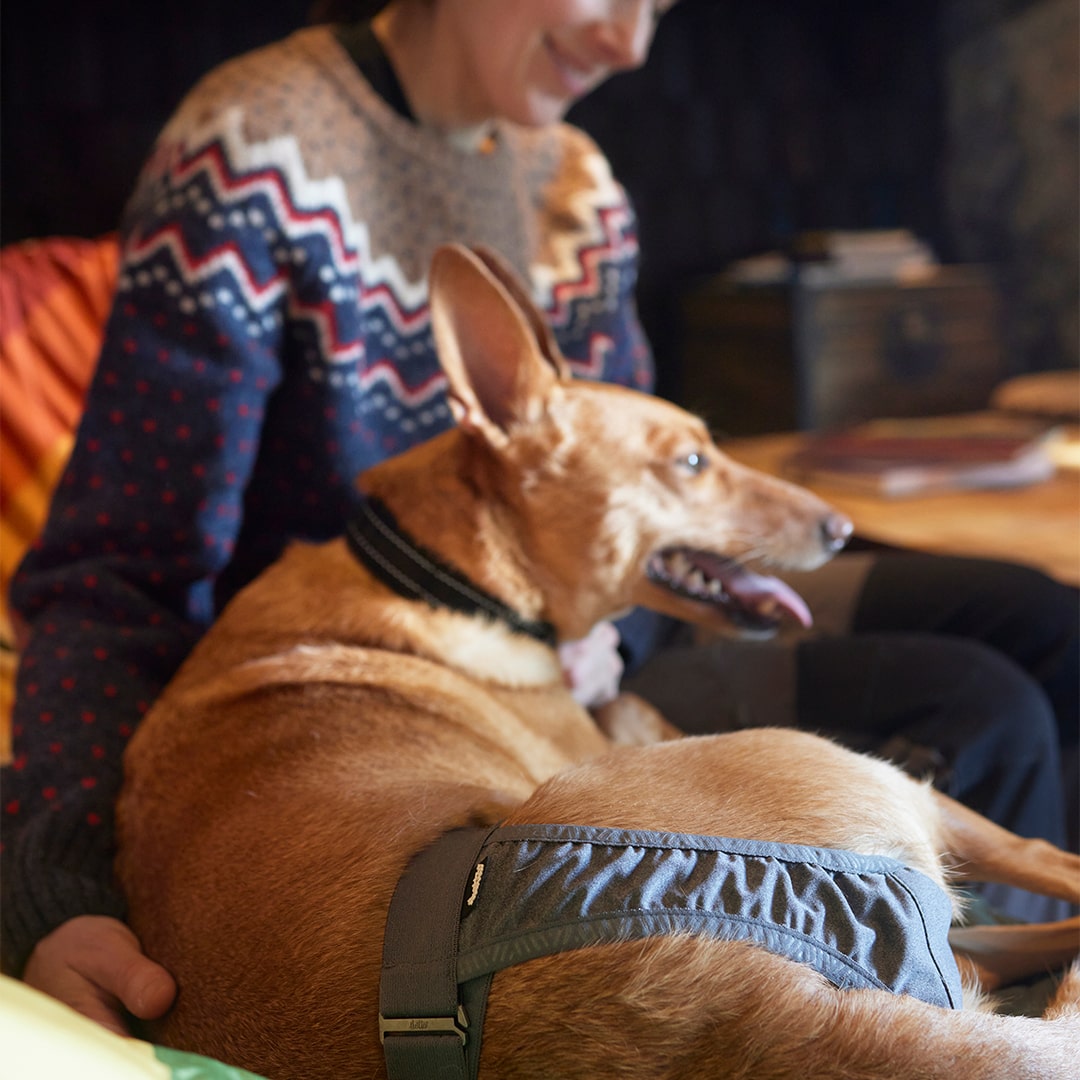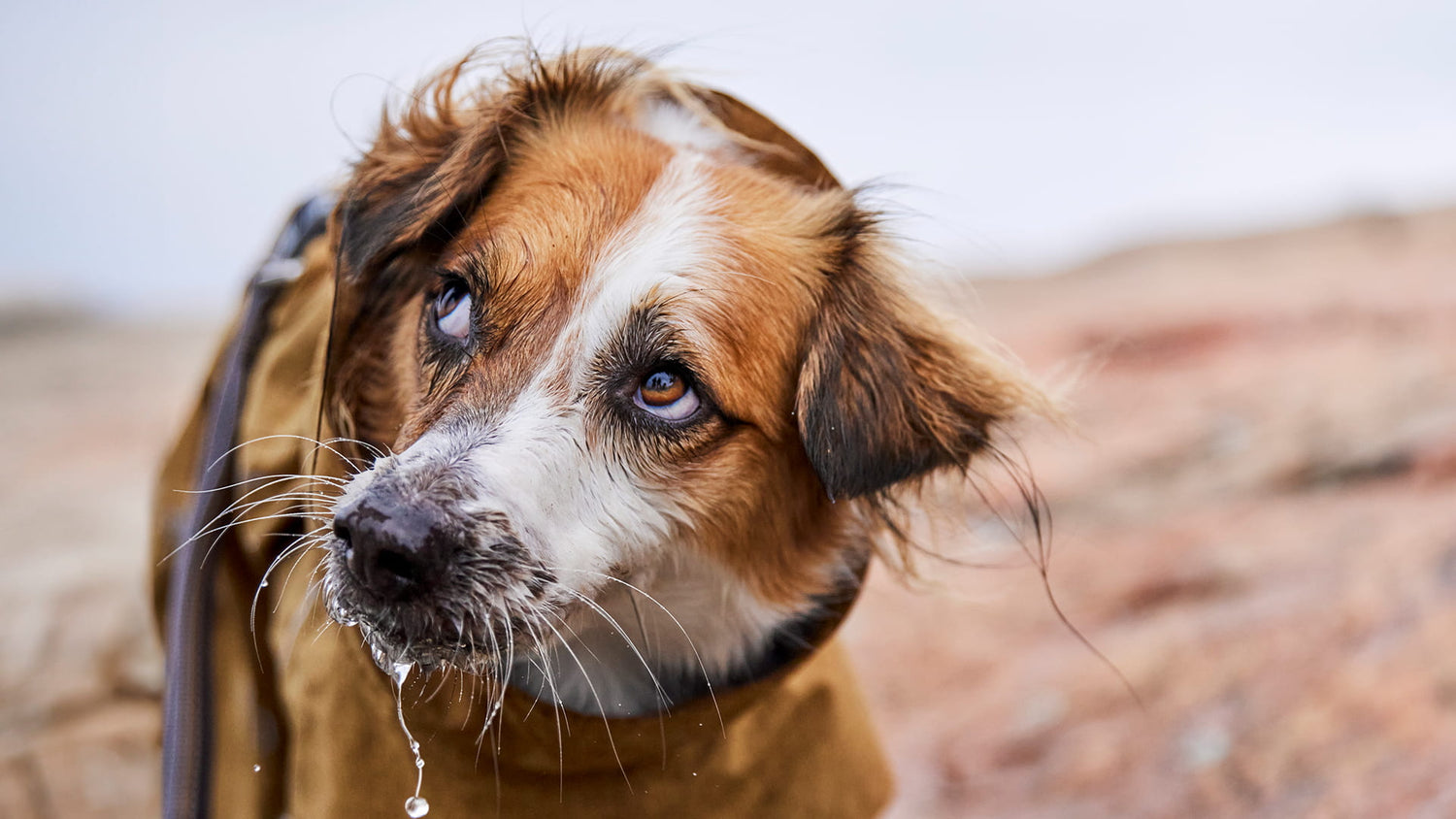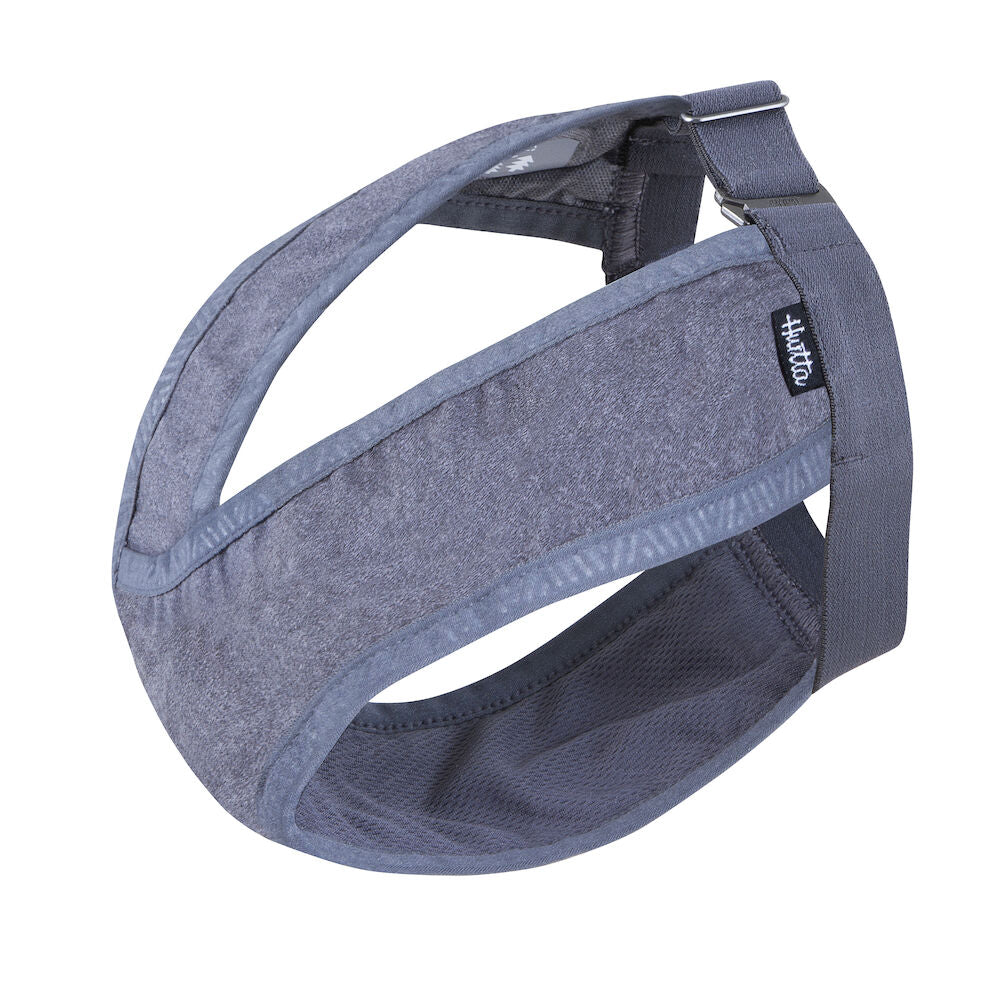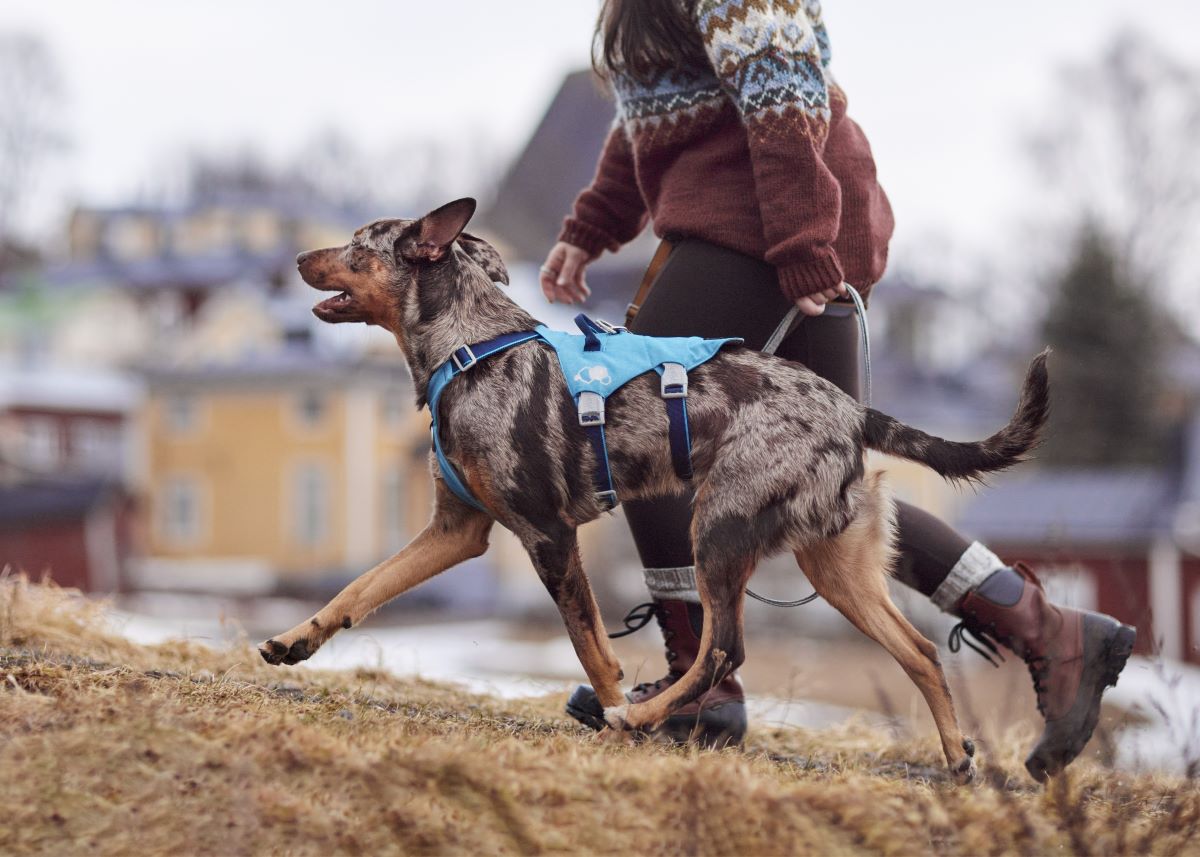From puppyhood, the lives of male and female dogs are strikingly similar. Both engage in playful antics, explore new environments, and learn essential skills for their adult lives. However, around 7 to 10 months, as they reach puberty, the differences between the sexes start to become apparent. For females, reaching sexual maturity can significantly alter their temperament, sometimes more so than in males. Fortunately, by understanding the stages a female dog goes through during her heat cycles, we can make her more comfortable and harmonise our cohabitation.
The onset of heat
Female dogs typically become sexually mature and begin their first heat cycle between 6 to 12 months of age. The frequency of heat cycles varies but generally occurs every 6 to 8 months for many females. If there are other female dogs in the household, their cycles often synchronise.
A female's heat cycle usually lasts about 3 to 4 weeks, but including the phases of proestrus and diestrus, the entire cycle can extend up to 3 to 6 months.

Early signs of heat
The first heat can be a perplexing time for both the female dog and her owner. Initial signs might not be visible, but as proestrus approaches, behavioural changes become evident. She might seem distracted or subdued, or perhaps more assertive and energetic. She may even become defiant, testing boundaries and breaking rules she normally follows.
You might notice her sniffing and investigating more than usual. Increased marking might necessitate more frequent walks. She may also show heightened interest in other dogs and may not pay as much attention to her owner as she typically would.
Symptoms during proestrus
As the heat cycle begins, her behaviour may shift again. She might seem tired, less focused, and her appetite could change—either showing disinterest in food or, conversely, eating greedily.
In some cases, these early signs of heat may not be noticeable. However, visible signs like bloody discharge and swelling of the genitals indicate the heat cycle is underway. Some dogs may have a heavier discharge requiring the use of sanitary pants to keep home surfaces and furniture clean, while in others, the discharge may be so slight that it goes unnoticed. Typically, dogs maintain meticulous personal hygiene during their heat cycles.
If sanitary pants are used, dogs can usually continue participating in activities during their heat. However, it is important to consider the dog's mood and potential fatigue. Hurtta’s new Breezy Hygiene Pants ECO are an excellent support for managing a female’s heat both at home and during activities. These protectors are flexible and comfortable, allowing freedom of movement without the need for additional cumbersome pads that could shift, stick to fur, or chafe.
Actual estrus begins
Towards the end of the heat cycle, the discharge may decrease and lighten in colour, and in some dogs, it may cease altogether. This marks the beginning of estrus, when the female is receptive to mating. Some females actively seek a mate, so it is wise to keep them leashed on walks to prevent them from wandering off in search of a partner. Even well-trained, normally off-leash dogs can become wilful and try to escape during this time.
The role of motherhood emerges
After estrus, if a female has been bred, she enters diestrus, which can lead to pregnancy or a false pregnancy. During a false pregnancy, symptoms like weight gain due to fluid retention and enlargement of mammary tissue are common. The dog might also exhibit nurturing behaviours, such as nesting with soft toys she regards as her pups, and she may become protective of these "pups."
False pregnancy typically resolves on its own within a few weeks. Increasing exercise and engaging her in other activities can help distract her from her maternal instincts

Returning to normal
The non-estrus period between heat cycles typically lasts 3 to 4 months, but can extend up to 10 months in some dogs. Throughout her life, a female dog will continue to experience heat cycles, though the symptoms may change or diminish as she ages due to hormonal changes.
Owners might find it useful to keep a diary of their dog's heat cycles to monitor symptoms and stages, which can help in planning and adjusting activities around her cycles. Sensitive and thoughtful care during these times ensures that life remains pleasant for both the dog and her family.
Love, warmth, and shared comfort are especially important during a female dog's heat cycles. By listening to and respecting her needs, we can ensure cohabitation remains peaceful throughout her cycles.
With warmth and love,
Hurtta














